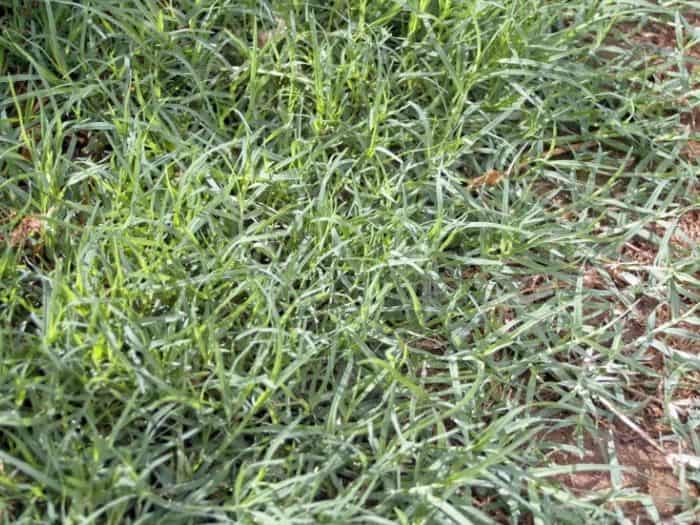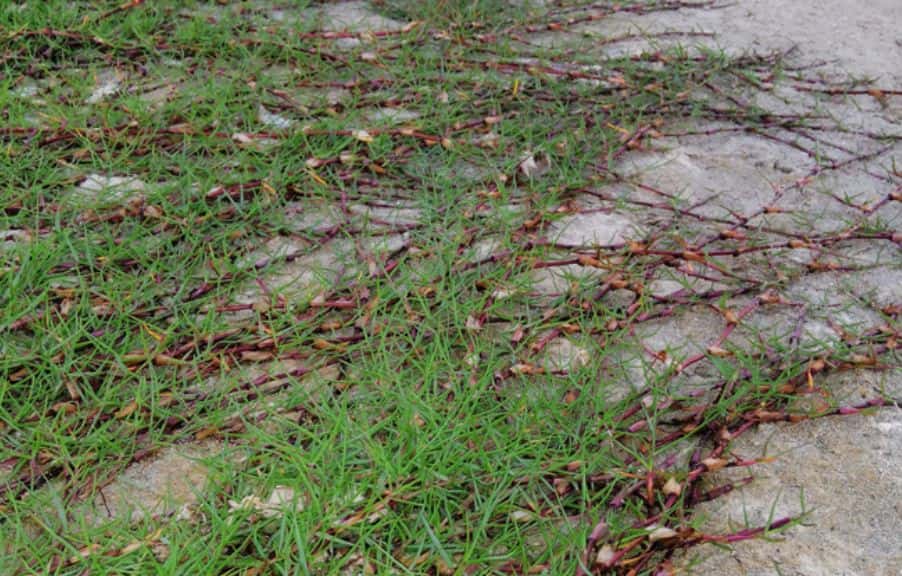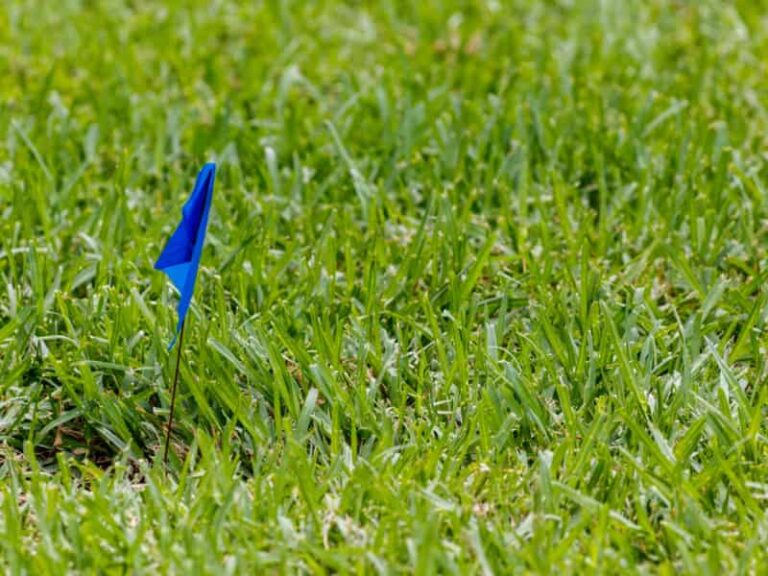How to Get Bermuda Grass to Spread Fast
When all the conditions are good enough, Bermuda grass spreads quickly and can grow into a dense lawn quite fast. If your lawn is a little thin with bare spots, weeds will start to sprout all over it and affect its lush appeal. What can you do to get Bermuda grass to spread fast?
Water your lawn twice a day at a depth of 1-inch to encourage deeper root development and faster spread of Bermuda grass shoots. Also, mow the lawn low more frequently to get the grass to spread laterally. Feeding it with a nitrogen fertilizer every 6-8 weeks will also help it grow faster.
Does Bermuda grass spread?

Bermuda grass spreads by way of stolons and rhizomes. Stolons – also referred to as runners – are the above-ground shoots that grow laterally from the parent plant. They bear nodes at intervals, from which new grass plants sprout. Rhizomes occur beneath the soil surface and may grow as deep as six inches underground. Both stolons and rhizomes enable the growth and spread of Bermuda grass to cover your entire lawn area.
Due to its fast-spreading nature, Bermuda grass is a great option for filling in bare spots in the lawn. It grows to form a thick, dense turf that’s more appealing to the eye, compared to a lawn that’s thin and patchy.
How to get Bermuda grass to spread
If you wish to have a dense, fully-established lawn by summer, you can boost the rate at which your bermuda grass spreads through different strategies.
Here’s how:
1. Establish bermdua grass in late spring by seed
Proper planting of Bermuda grass includes planting at the right time. As such, Bermuda grass is best planted at the end of the peak growth season in late spring, as the grass will thrive and spread faster during this time.
Avoid planting during winter when conditions are frosty, or during summer when temperatures are too high. Also, Bermuda grass spreads fastest when established via seed, as opposed to sodding or sprigging.
To properly seed Bermuda grass on your lawn, spread the seeds over the area, then rake the seeds into the soil. Finish off by watering the newly-seeded lawn.
2. Water the lawn properly
Regularly watering a newly-seeded Bermuda lawn is important as water facilitates root establishment. With proper root anchorage, your Bermuda grass will grow and spread faster, leaving you with a nice-looking, fully-established lawn.
Bermuda grass typically needs a lot of water prior to root establishment. At this stage, you should water the lawn at least twice per day. When the grass plants are about an inch tall, you can then reduce the frequency of irrigation to once per day.
For deeper root establishment, I would recommend soaking your lawn soil with about an inch of water. Finally, when irrigating, you should only apply as much water as the soil can soak up to avoid degrading your lawn soil’s quality through erosion.
Note: Overwatering your lawn can also cause yellowing grass blades, stunted growth and increased risk of disease.
3. Mow the lawn low and often
Bermuda grass spreads faster if there’s more lateral growth as opposed to vertical growth. The best way to promote lateral growth and spread over vertical growth is by mowing your lawn often.
However, you’ll want to avoid mowing your young, Bermuda grass plants before they’re at least two-inches long. This is because the plants are yet to achieve proper root anchorage and mowing may cause permanent damage.
To make fully established bermuda grass spread faster, mow at a low height of one-inch at least twice per week. Ensure that you remove no more than one-third of the leaf blades each time you mow, thereby leaving behind enough leaf blade area to facilitate continuation of photosynthesis and faster growth.
4. Apply nitrogen fertilizer every 6-8 weeks
Your lawn soil contains crucial nutrients that Bermuda grass plants absorb via their roots and convert into energy for growth. Therefore, by increasing the levels of these soil nutrients using a fertilizer, your turfgrass will grow and spread at a faster rate.
Fertilization of Bermuda grass using a nitrogen fertilizer is best done during the peak growth season, and at intervals of 6-8 weeks. It’s also advisable to stop fertilizing your Bermuda lawn at the start of the dormancy period in early fall, as natural grass growth will have slowed down by then.
5. Amend the soil in your yard
If Bermuda grass spreads slower than its natural growth rate, the problem could be soil problems including compaction, wrong soil type, or muddiness or clogged soil.
Bermuda grass spreads fastest when it grows on good-quality soil that’s not compact, drains well, and has an appropriate pH between 5.8 and 7.0. Lawn soil amendments are usually aimed at improving the quality of the soil by adjusting these soil aspects to the required conditions.
Aerate the soil to relieve it of compaction and drainage issues to help a Bermuda grass grow thick and spread faster to fill in the bare spots. pH problems have to be diagnosed first. Bermuda grass thrives best in neutral-alkaline soil with pH levels between 5.8 and 7.0. You should test whether your soil meets this requirement and make adjustments as necessary.
For instance, if your lawn soil is too acidic (with pH levels below 5.5) you can amend it to the required optimum pH level by adding lime to your lawn’s soil.
6. Provide adequate sunlight exposure
Bermuda needs adequate daily exposure to sunlight in order to thrive, spread quickly, and fill in the bare spots.
If your Bermuda lawn is established in a heavily-shaded lawn, chances are that it’ll spread more slowly. You can boost the spreading rate of your turfgrass in a shaded area by cutting back some of the branches of the taller tree blocking the grass from direct sunlight access.
How fast does Bermuda grass spread?

Once Bermuda grass seeds germinate (usually within the first seven days), it takes about six more weeks for the grass to spread and form a fully-established turf.
However, this duration may vary depending on the specific variety of Bermuda planted, as well as the growth conditions like soil quality, temperatures, and exposure to sunlight. In addition, the planting period also affects how fast your Bermuda grass spreads.
Therefore, for faster lawn establishment within five weeks post-planting, I recommend planting your Bermuda seeds during the peak growing season in spring.
How much will Bermuda grass spread?
Bermuda grass is a rampant spreader and will spread as far as it’s allowed to. The ability to spread easily and quickly via stolons and rhizomes makes Bermuda grass the preferred turfgrass variety for homeowners that want to establish a lush green lawn from scratch as fast as possible.
However, this same characteristic can make Bermuda grass a gardening nightmare, as it can be a highly invasive weed. Bermuda grass- if left unchecked, will quickly spread via their runners and rhizomes and creep beyond the lawn into other areas such as driveways and gardens.
You can control invasive Bermuda grass by edging your garden beds and driveways.
READ MORE: BEST LAWN EDGERS FOR A CLEANER EDGE.




